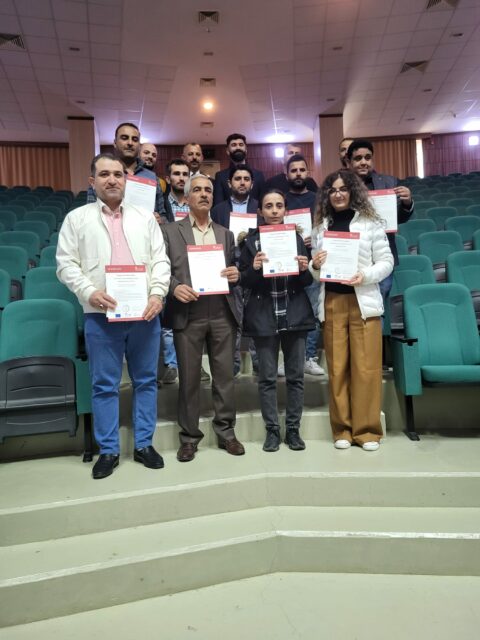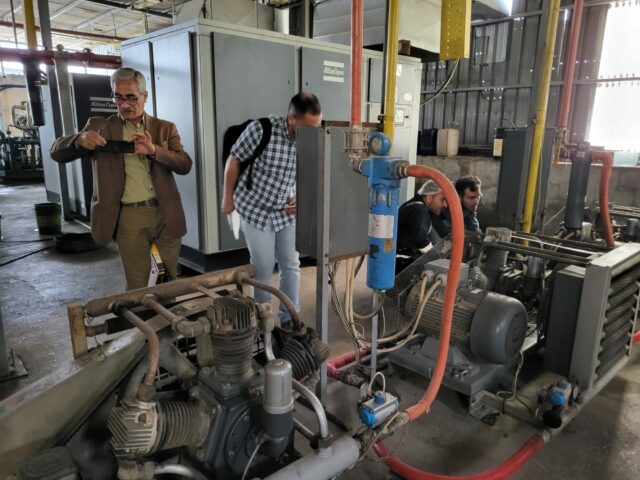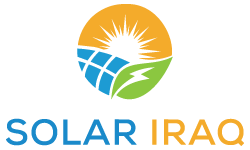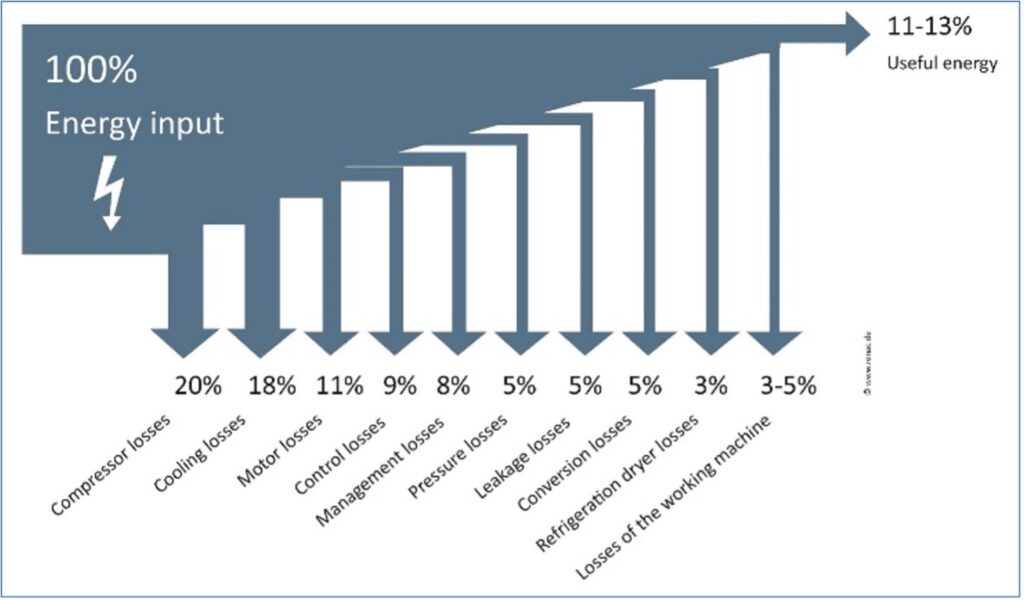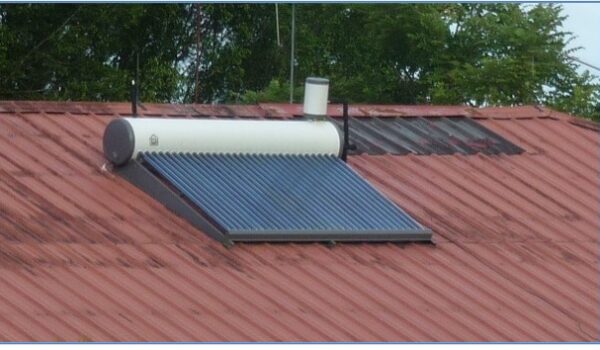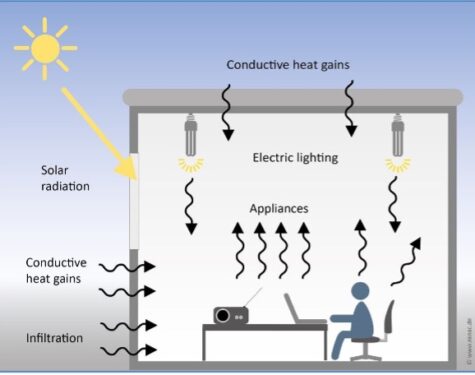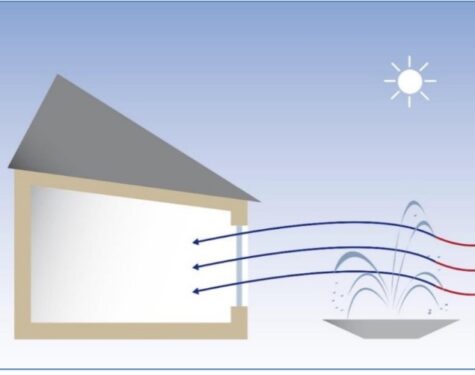Energy Innovation Coaches
The Energy Innovation Coaches (EIC) have been trained to successfully consult Iraqi entities and decision makers on energy efficiency and renewable energy to optimise the level of energy consumption. The training has been implemented as part of the “Market and business development for solar power (photovoltaics) in Iraq” project. EICs are individuals (freelance or employed) with a technical background (at least a first degree in engineering, architecture, etc.), who widened their scope of consultancy business towards sustainable energy topics.
Qualification
During the Energy Innovation Coaches training participants have learned about:
- Renewable energy and energy efficiency solutions for buildings, commerce and industry.
- Energy Management Systems and requirements of the ISO 50001, Plan-Do-Check-Act (PDCA) cycle.
- Energy performance indicators, monitoring and performance measurement using appropriate equipment and instruments.
- Financial calculations, indicators, and investment cost estimation of energy efficiency measures.
The participants also took part in a mentoring programme, that allowed them to apply the technical knowledge in practice and to perform an energy audit for a company, based in Iraq.
Certification
EICs hold Renewable Academy (RENAC) certificates for:
- Online training in renewables and energy efficiency (197-hour programme).
- On-site training for 5-days: “Energy efficiency and energy management in practice” performed by RENAC experts in Sulaymaniyah.
- 6-week Mentoring Programme carried on by RENAC experts.
EICs hold a TÜV SÜD Middle East LLC certificate for:
- 5-day online “ISO 50001:2018 Lead Auditor Training Certification Course (CQI IRCA)” performed by TÜV SÜD Middle East LLC.
Services
How can your company or organisation benefit from an energy audit? Energy Innovation Coaches are well placed help your company to improve energy performance, and to identify ways to save costs and energy. EICs can competently consult the building sector as well as industry, and commerce on renewable energies (RE)- and energy efficiency (EE) by:
- Performing energy audits of the buildings, commerce and industry.
- Providing energy consultancy and recommendations on how to save energy and improve energy performance.
- Providing technical and financial assessment and analysis of the potential ways of improving energy efficiency.
- Auditing Energy Management Systems according to the ISO 50001 requirements.
Impressions
